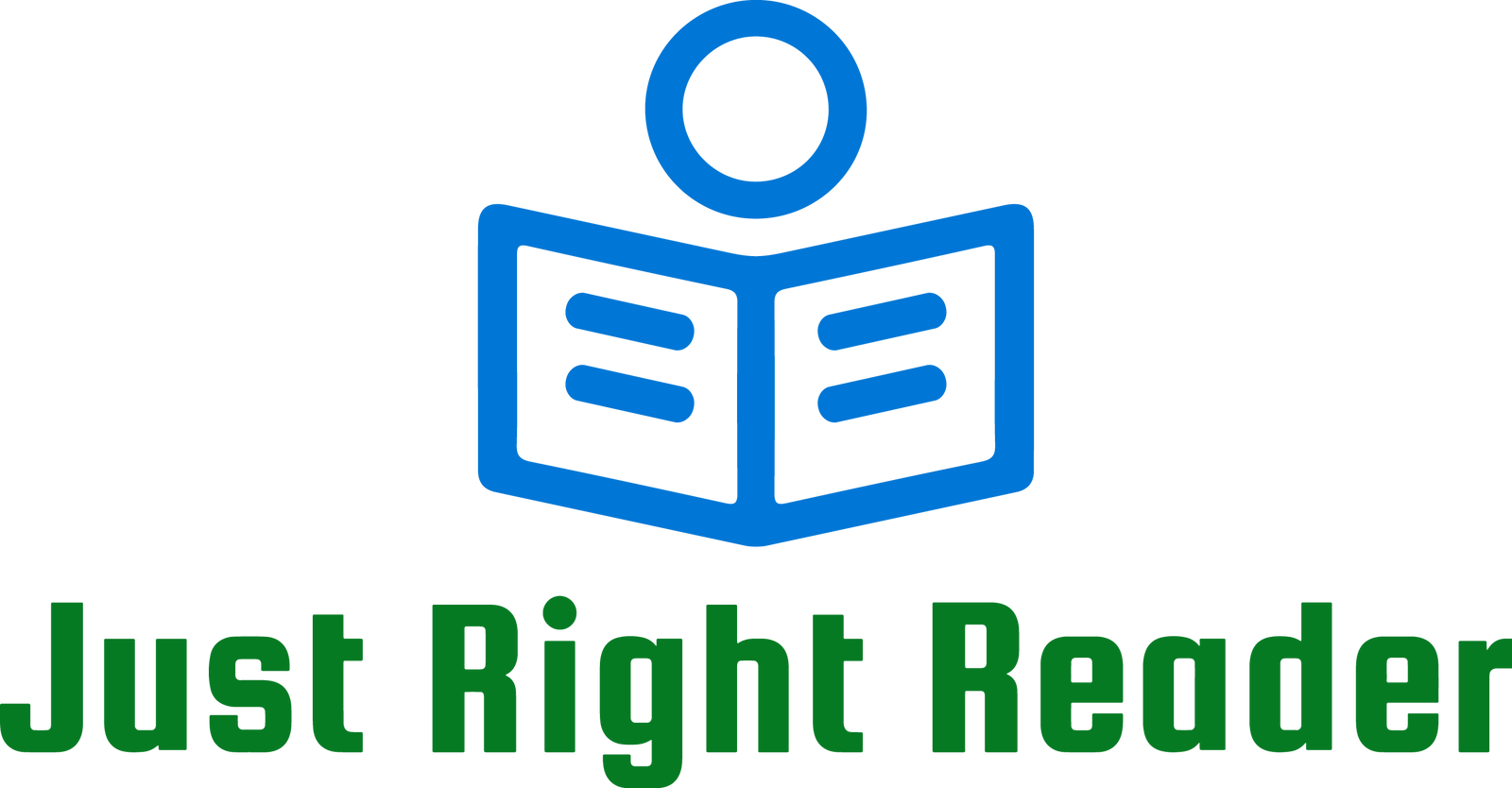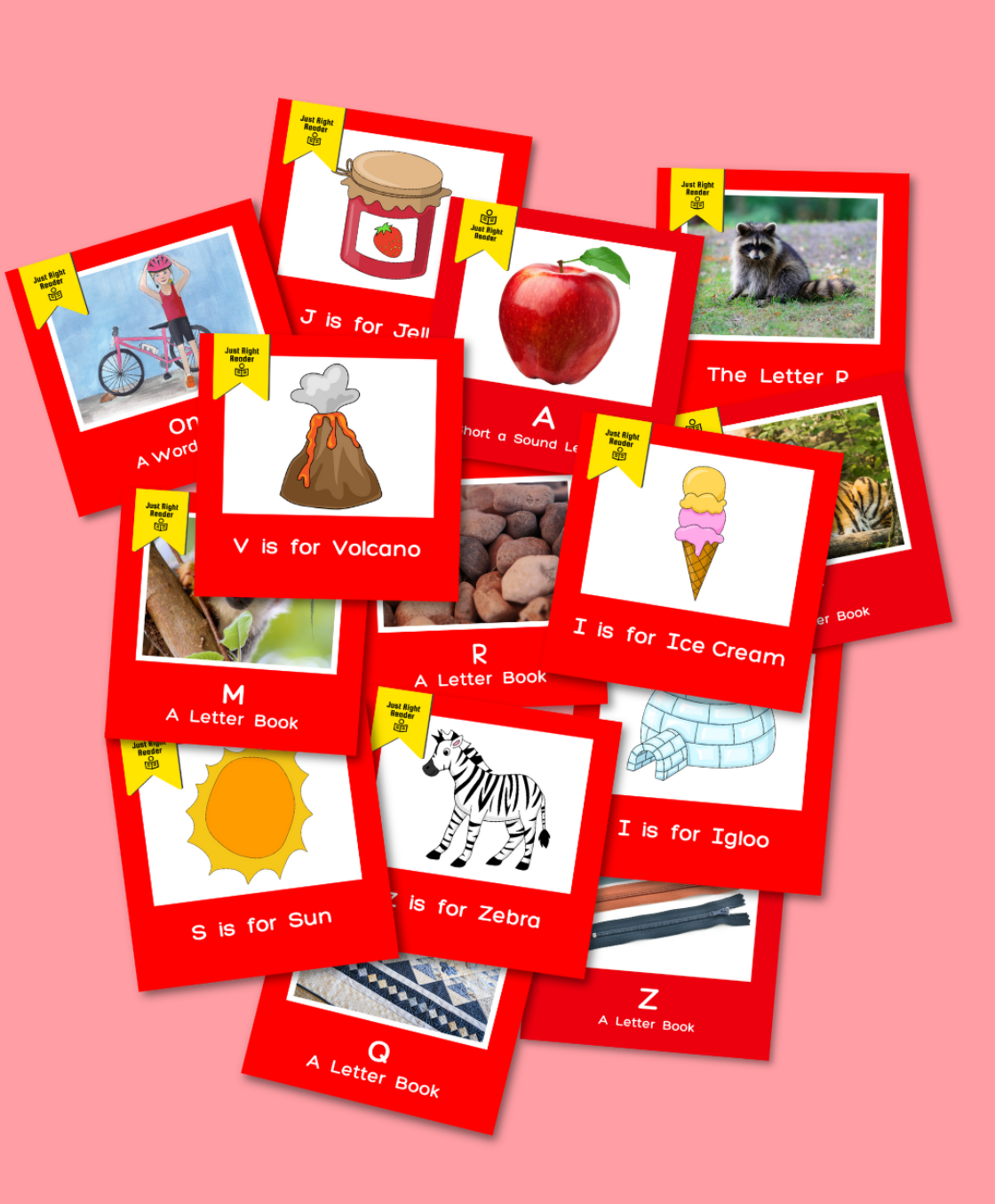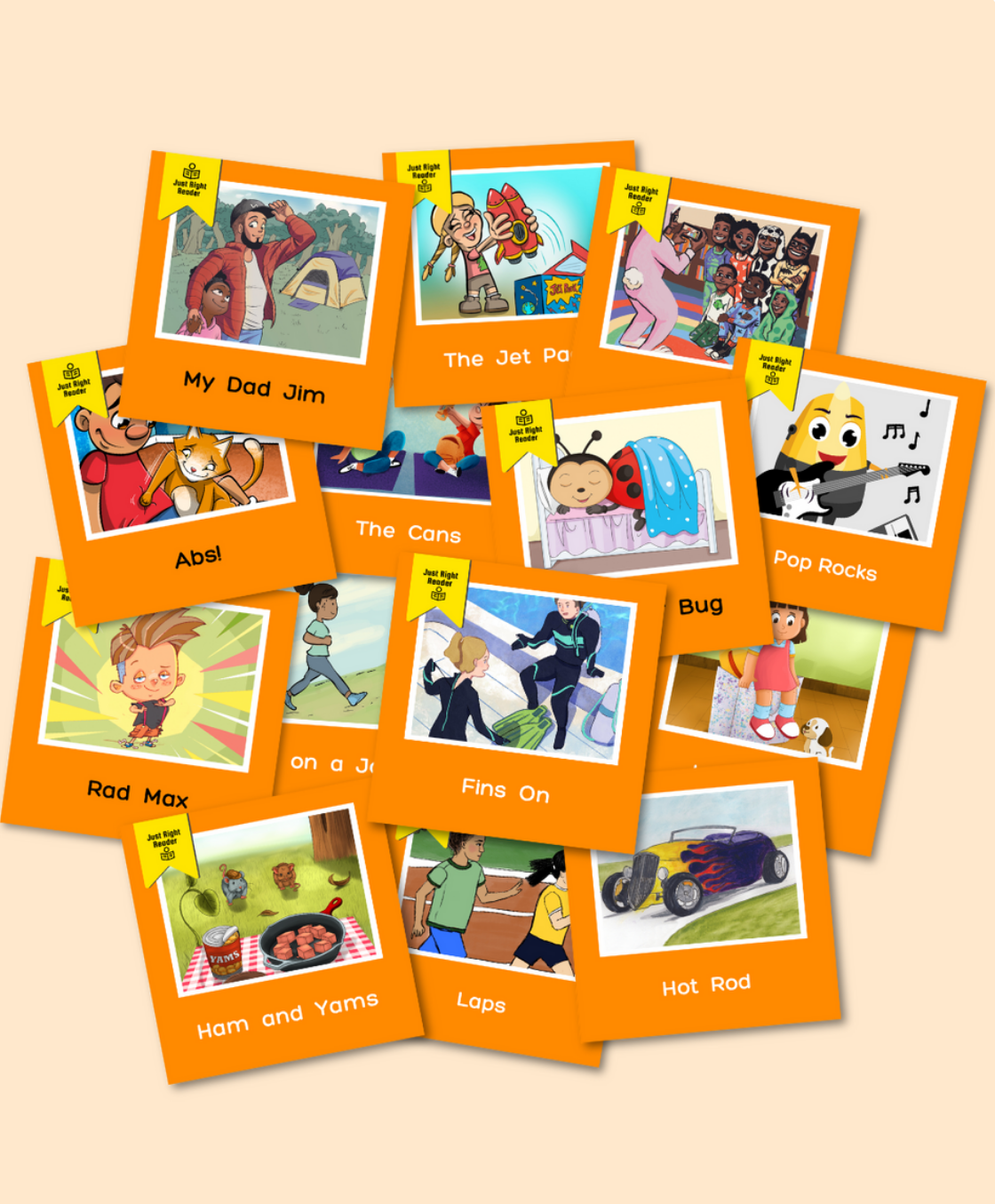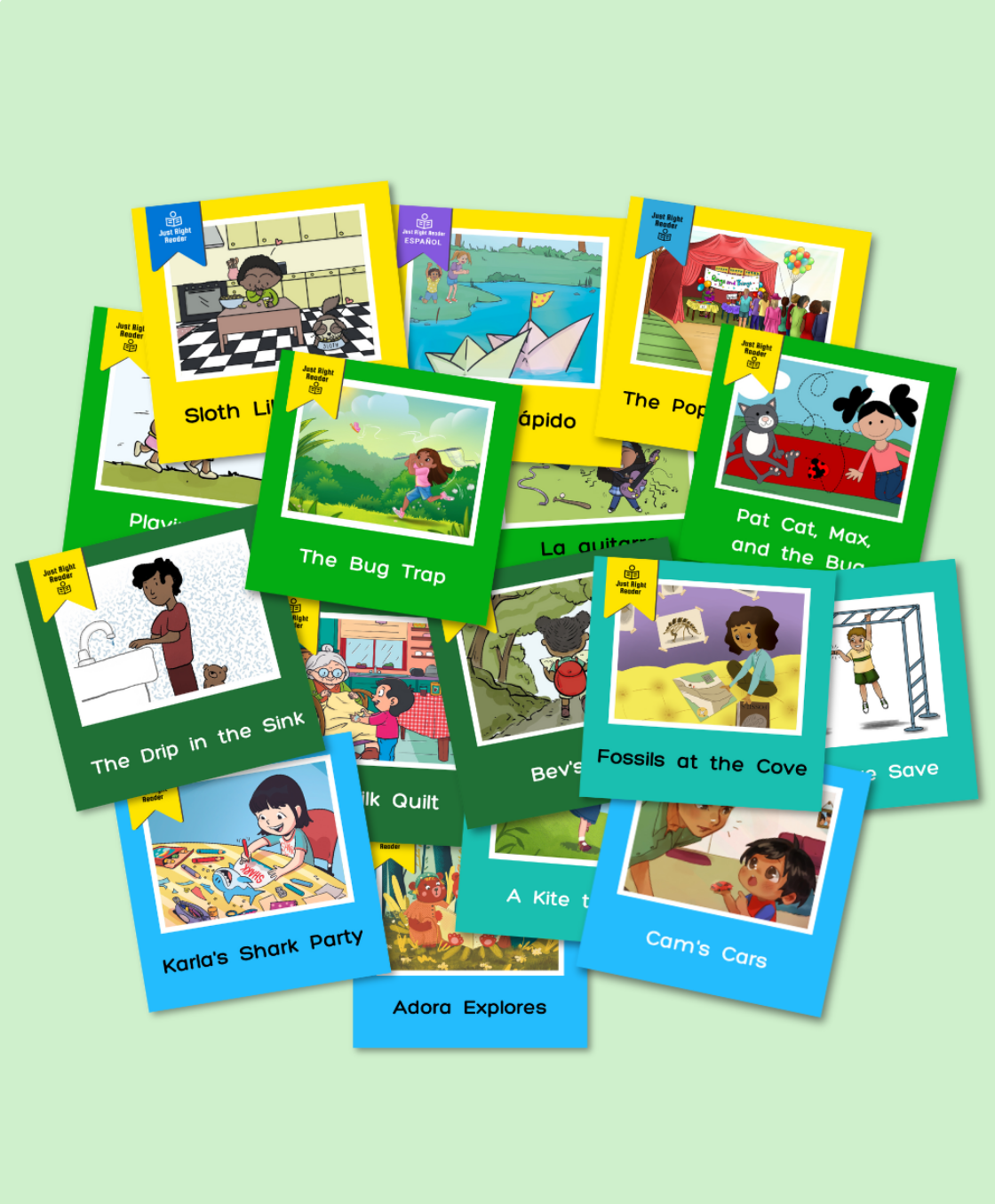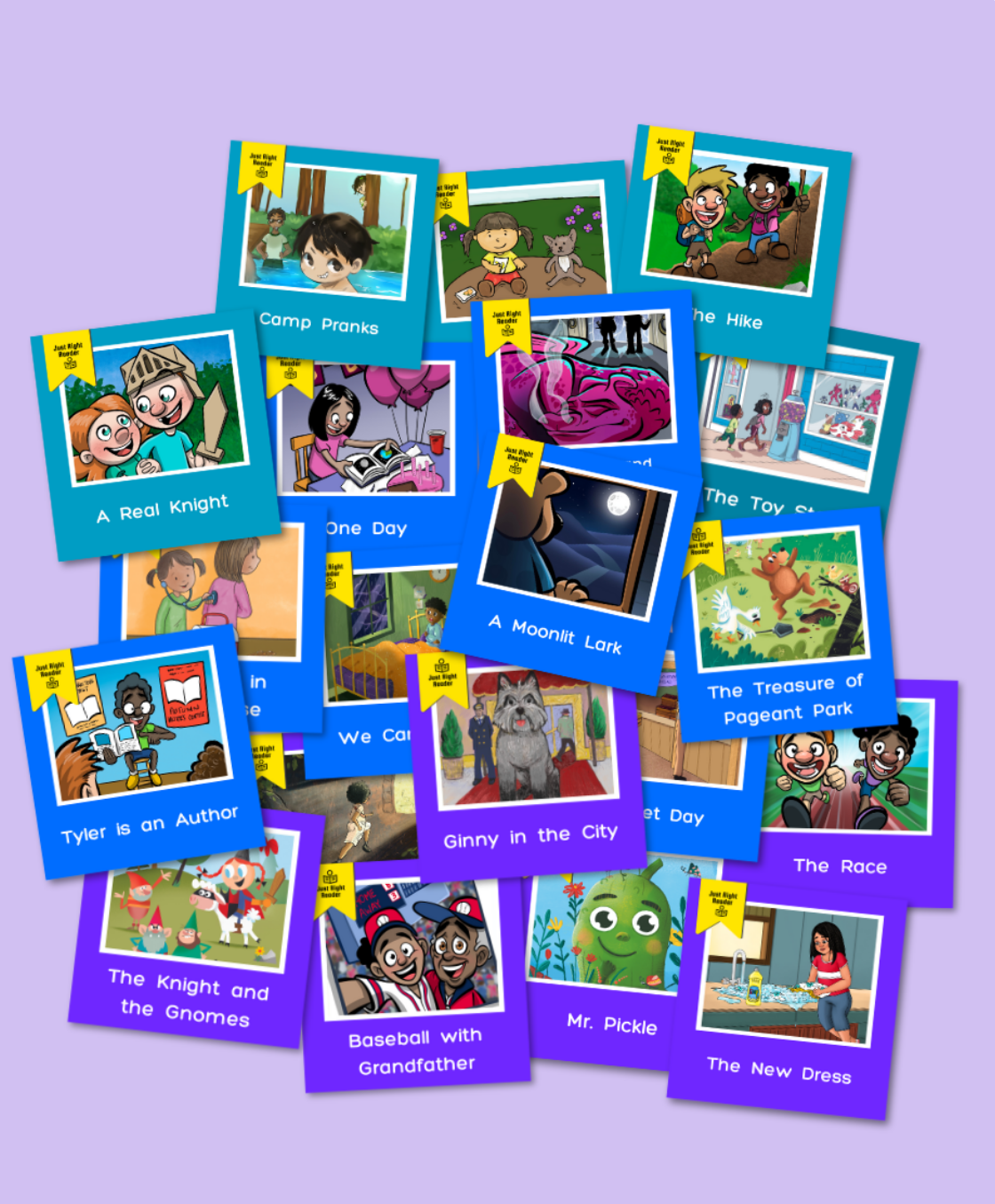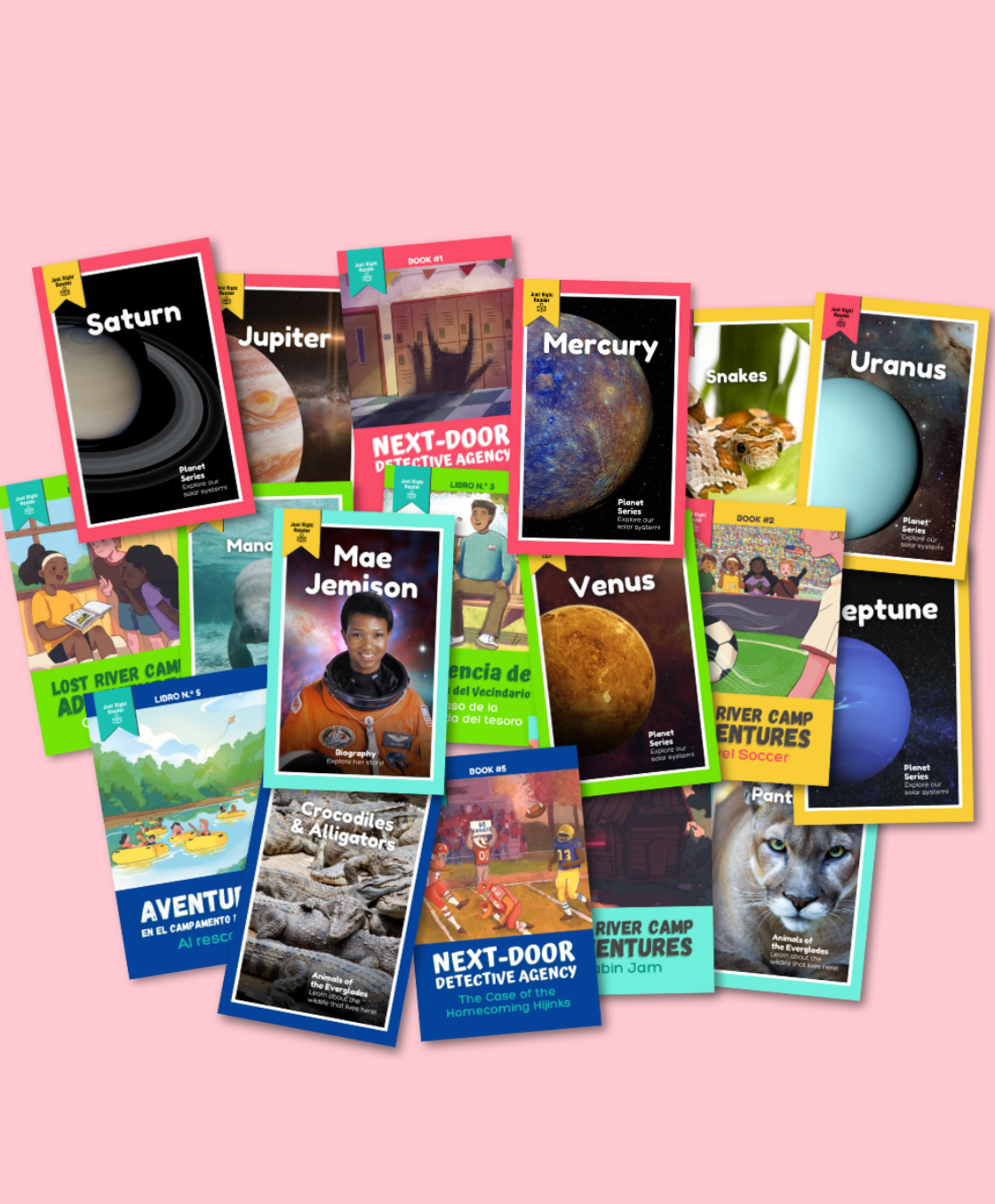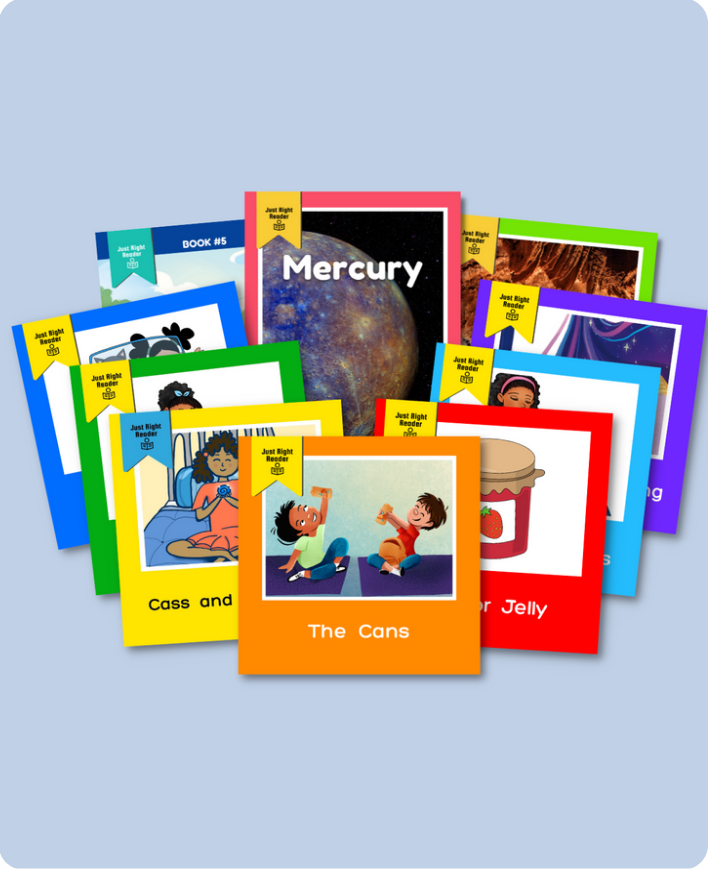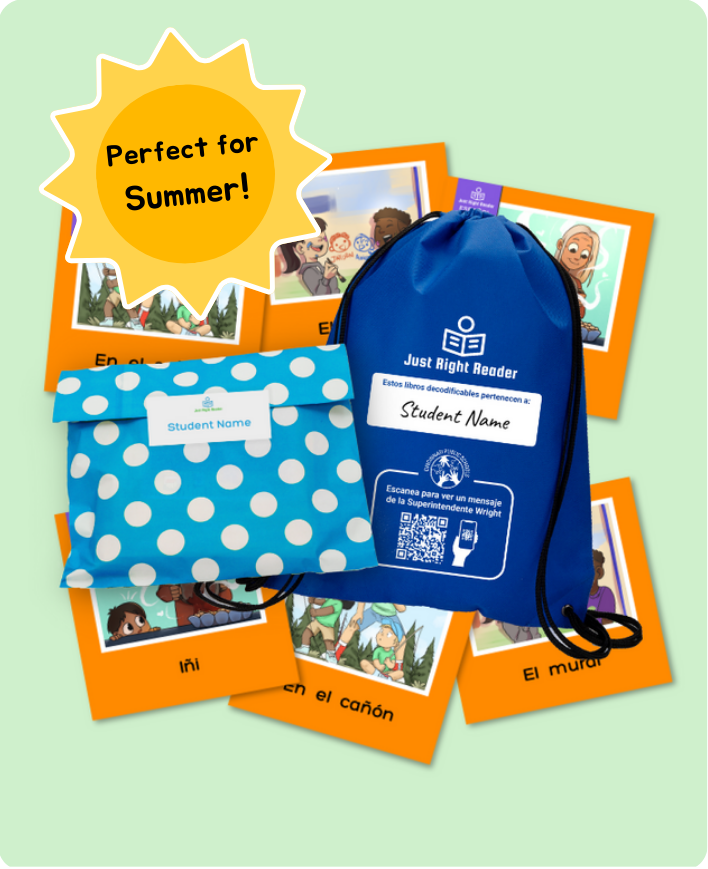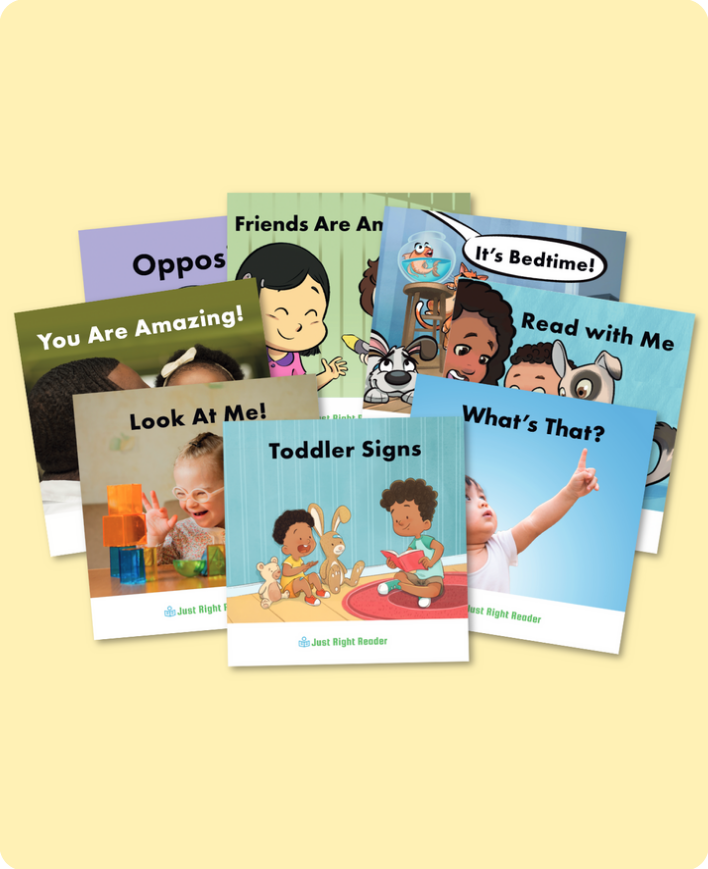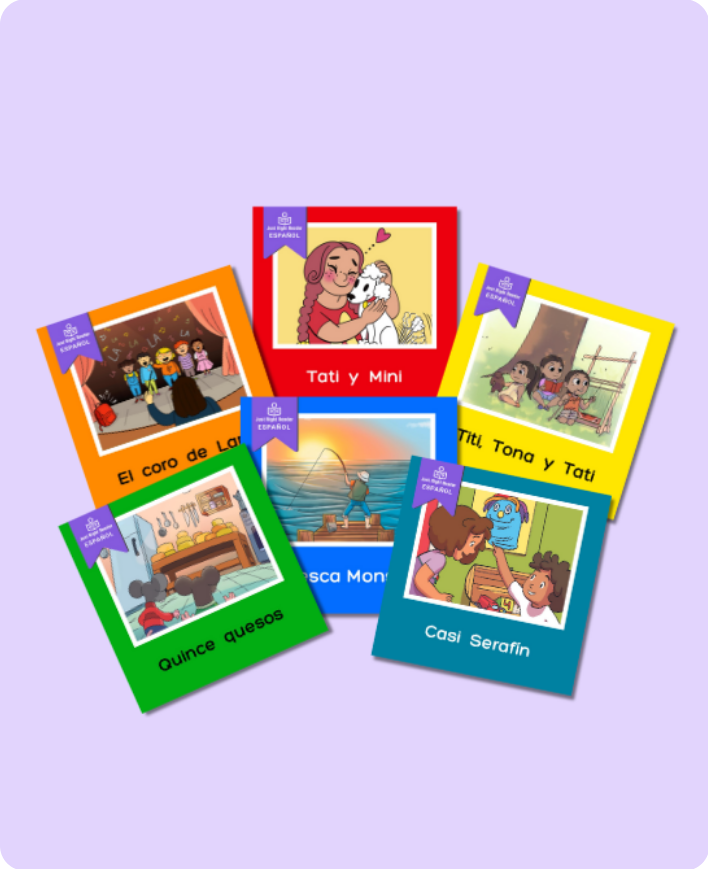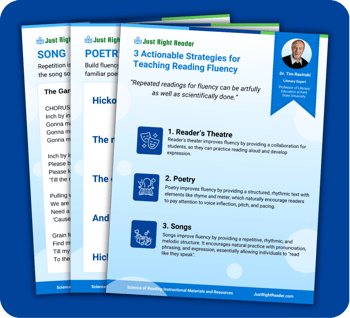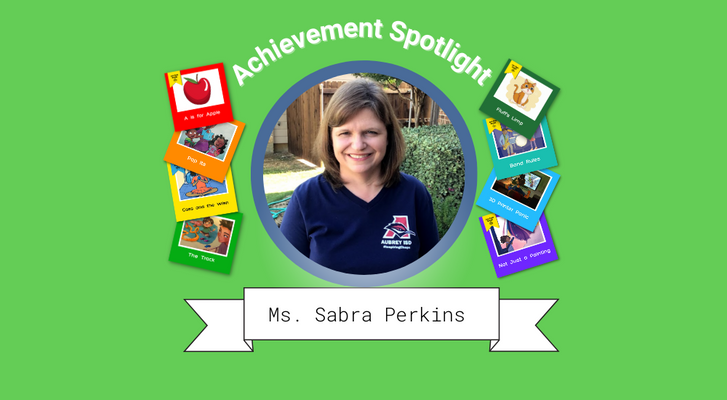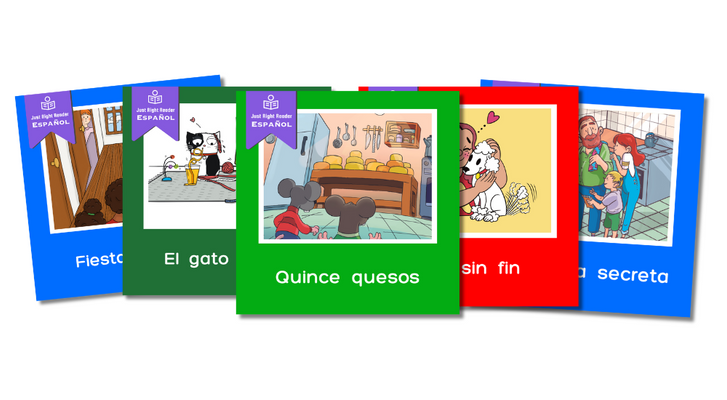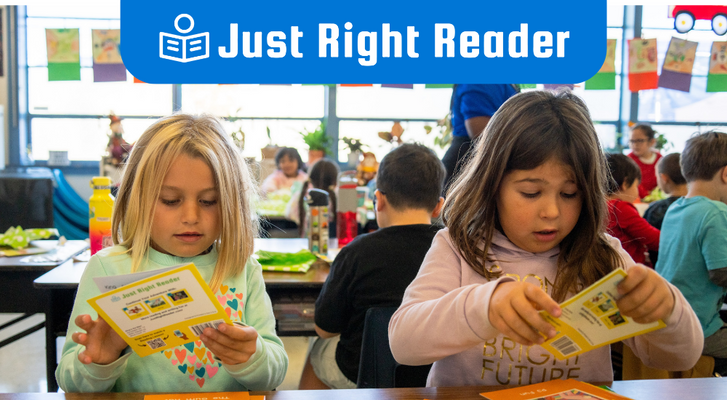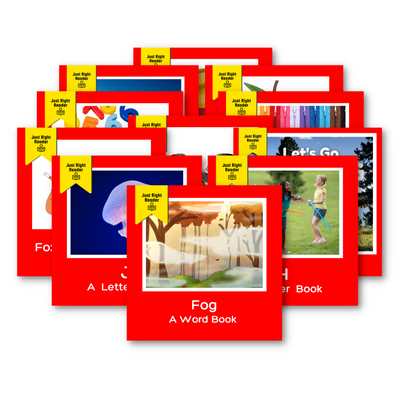
We know that phonics is essential to children’s reading development. The ability to “sound out” words lays the reading foundation that sets students up for further growth in reading. We normally think of phonics as learning the sounds associated with individual letters of the alphabet.
However, sounding out words on an individual letter-by-letter basis can be quite taxing for students. Research has shown that proficient readers use a more efficient phonics approach that is based on letter patterns. We call these patterns word families, phonograms, or rimes (because these word patterns make words that rhyme).
What is a rime?
Essentially, a rime is the part of a syllable that starts with the vowel and contains all the letters after the vowel within the syllable. For example, -air in the words hair and pair.
In addition, the words bat, catch, sport, and spark, the rimes are -at, -atch, -ort, and -ark. In multisyllabic words such as football and different, the rimes are -oot and -all for football, and -if, -er, and, -ent for different.
I like to think of these letter patterns as a type of letter recognized as a whole rather than as individual letters. You can see how much easier it is for a reader to decode a word such ascampas 2 elements –c + amp, rather than as 4 individual letters c + a + m + p. Indeed, this is the way proficient readers approach words they have never seen before – looking for familiar letter pattern combinations such as rimes.
Using rime to decode words
Dr. Edward Fry, a renowned literacy researcher who was a proponent of this type of phonics instruction, identified the rimes that have the greatest utility for word decoding. They are listed below in alphabetical order: 
Knowledge of just these 38 rimes will provide readers with the ability to decode (and spell) over 650 one-syllable words simply by adding a beginning consonant or beginning consonant blend or digraph. For example, knowledge of the rime -ack can be used to decode words such as back, jack, lack, pack, black, stack, shack, and many more. Moreover, that same rime can assist in decoding many multisyllabic words such as tackle, shackle, fracking and hacksaw! Indeed Kk knowledge of just these common rimes can help students decode literally thousands of multisyllabic words in which these rimes are found.
How to teach phonics rimes
One of my favorite ways to teach rimes is to introduce a new one every several days to students. Identify the spelling and the pronunciation of the rime. Then, brainstorm with students a list of words containing that rime – put this list on display in the classroom, then practice them with students several times over the course of several days. You might even want to have a personal list of these words for practice at home.
Then, once students are familiar with the rime and list of words in isolation, have them read real texts that contain these rimes. Because poetry and songs for children usually rhyme, they are naturals for putting their rime knowledge into real reading. Decodable books also are a great choice as these are texts deliberately designed to provide practice in reading particular phonics elements.
Finally, because rimes lead to words that rhyme, students can be encouraged to write their own poetry that contains words from the particular rime under instruction. One of the easiest ways to do this is for students to write parodies of poems they are already familiar with. One of the students in our reading clinic wrote this one after learning the -ack rime and words that belonged to that word family.

Phonics or word decoding should be much more than teaching individual letters and sounds. Since humans are natural pattern seekers, helping students learn the letter patterns such as rimes can help them become more efficient, effective, and fluent readers.
Research in Action: 3 Actionable Strategies for Teaching Fluency: Reader’s Theatre, Poetry and Songs
Learn More with Dr. Timothy Rasinski
- Click here to watch the full webinar replay.(coming soon)
- Click here to listen to the podcast.
- LinkedIn: linkedin.com/in/timothy-rasinski-15b1ba4
-
Website: https://timrasinski.com/
